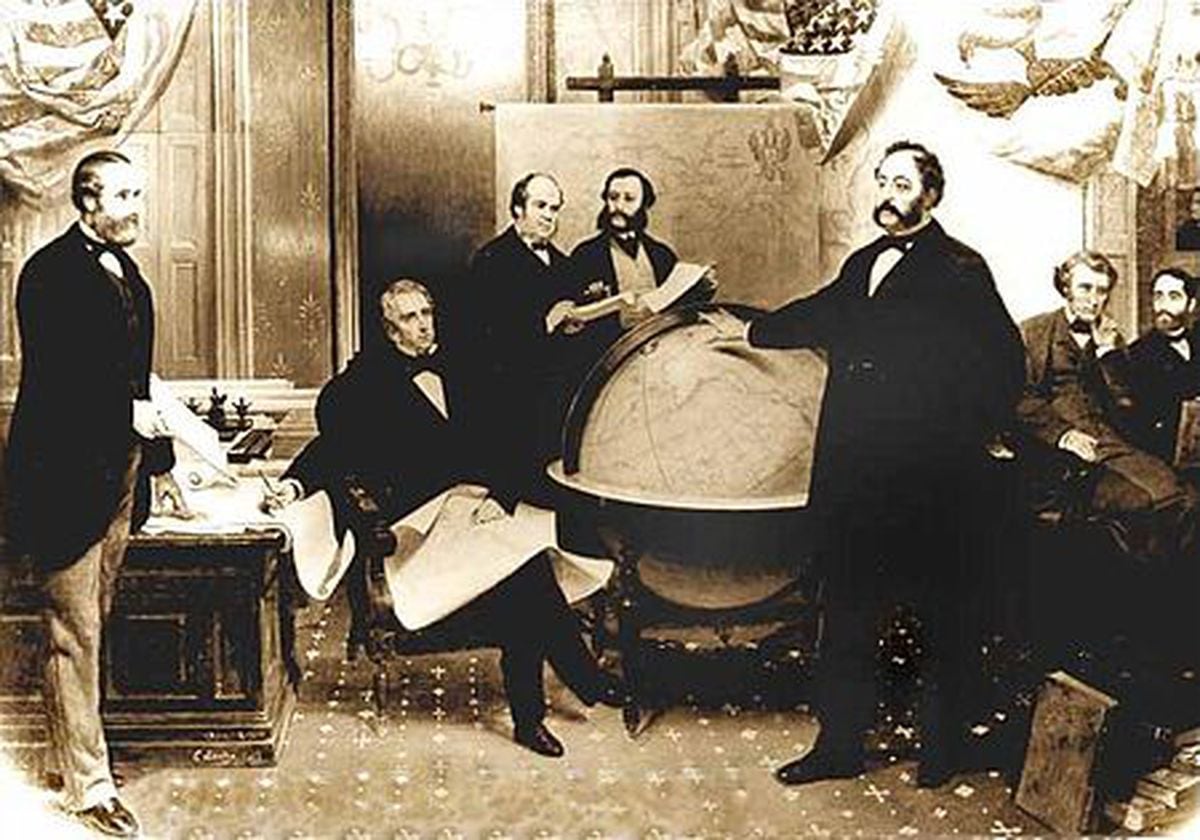The u s bought alaska for 2 cents an acre from russia

The U.S. Bought Alaska for 2 Cents an Acre from Russia

The acquisition of Alaska by the United States is a prominent event in history, commonly known as the Alaska Purchase. This transaction took place in 1867 when the U.S. bought Alaska from Russia for just 2 cents an acre, resulting in a total purchase price of $7.2 million.
This vast territory, which spans over 586,000 square miles, was initially called “Seward’s Folly” or “Seward’s Icebox” after Secretary of State William H. Seward, who played a crucial role in negotiating the deal. Many people at the time viewed the purchase as a mistake, questioning the value of such a distant and frigid land.
However, as time passed, the true worth of Alaska became apparent. The region turned out to be rich in natural resources, including gold, oil, and timber. It also possessed valuable fisheries and abundant wildlife. The discovery of gold in the late 19th century further fueled interest in the area, leading to a population boom and economic growth.
Alaska’s strategic location also proved to be significant. As the closest point in North America to Russia, it became a vital area during World War II for military activities and transportation routes. Today, Alaska continues to play a crucial role in defending and protecting the interests of the United States.
It is worth noting that the purchase of Alaska greatly expanded the territorial boundaries of the United States. This acquisition added a significant amount of land to the country and paved the way for further westward expansion. In fact, it doubled the size of the nation and opened up new opportunities for settlement and development.
In conclusion, the U.S. buying Alaska from Russia for 2 cents an acre was a remarkable event in history. Initially seen as a dubious decision, it turned out to be a wise investment that unfolded the immense potential of this vast land. Alaska’s resources, strategic location, and contribution to America’s growth have made it a valuable asset to the nation.
Source:
Related Posts
Quick Links
Legal Stuff


